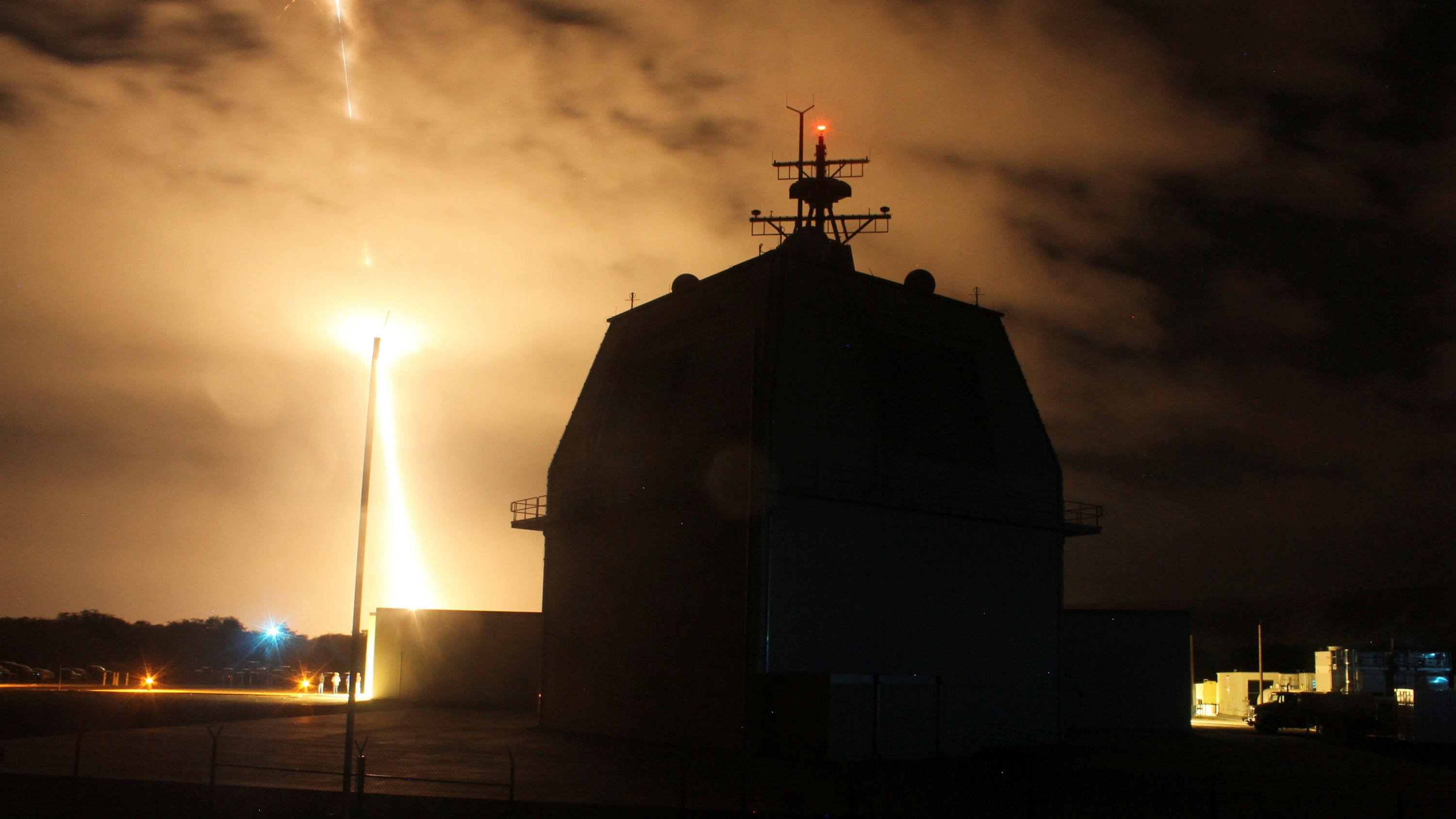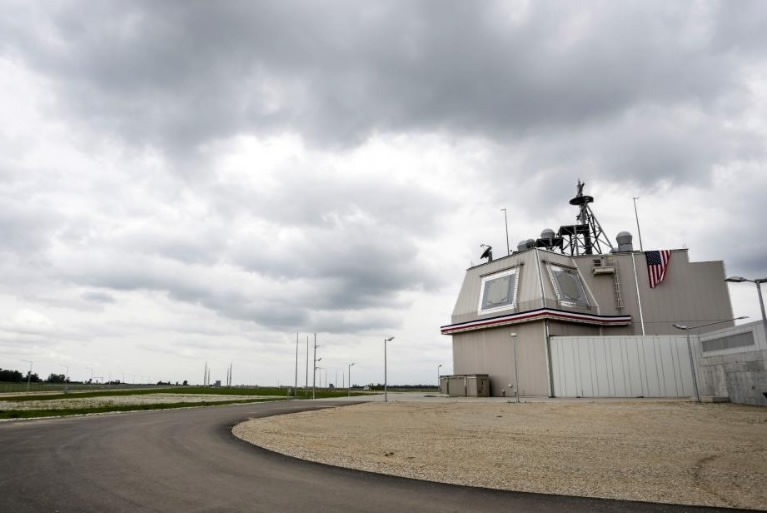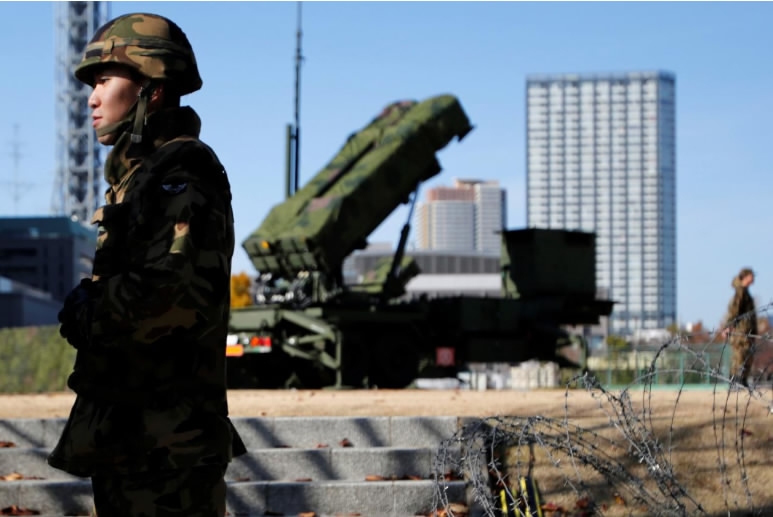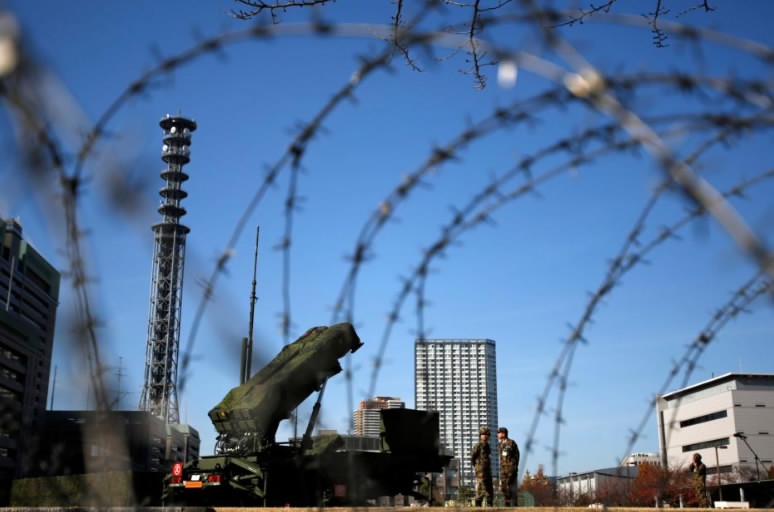
Politics
11:19, 19-Dec-2017
Japan to expand ballistic missile defense with ground-based Aegis batteries
CGTN

Japan formally decided it would expand its ballistic missile defense system on Tuesday, using US-made ground-based Aegis radar stations and interceptors, in response to a growing threat from the DPRK's rockets.
A proposal to build two Aegis Ashore batteries was approved by Prime Minister Shinzo Abe’s Cabinet.

The deckhouse of the Aegis Ashore Missile Defense System (AAMDS) at Deveselu air base, Romania, May 12, 2016. /Reuters Photo
The deckhouse of the Aegis Ashore Missile Defense System (AAMDS) at Deveselu air base, Romania, May 12, 2016. /Reuters Photo
The sites without the missiles will likely cost at least 2 billion US dollars and are not likely to be operational until 2023 at the earliest, sources familiar with the plan told Reuters earlier.
"The threat posed to our country by DPRK’s nuclear and missile development has reached a new stage," the defense ministry said in a statement.
The decision to acquire the ground version of the Aegis missile-defense system, which is already deployed on Japanese warships, was widely expected.
The DPRK on November 29 tested a new, more powerful ballistic missile that it says can hit major US cities including Washington, and fly over Japan’s current defense shield.
That rocket reached an altitude of more than 4,000 km (2,485 miles), well above the range of interceptor missiles on Japanese ships operating in the Sea of Japan.

File photo: Members of the Japan Self-Defence Forces stand guard near Patriot Advanced Capability-3 (PAC-3) land-to-air missiles, deployed at the Defense Ministry in Tokyo December 7, 2012. /Reuters Photo
File photo: Members of the Japan Self-Defence Forces stand guard near Patriot Advanced Capability-3 (PAC-3) land-to-air missiles, deployed at the Defense Ministry in Tokyo December 7, 2012. /Reuters Photo
The DPRK says its weapons programs are necessary to counter US aggression.
The new Aegis stations may not, however, come with a powerful radar - dubbed Spy-6 - which is being developed by the United States.
Without it, Japan will not be able to fully utilize the extended range of a new interceptor missile, the SM-3 Block IIA, which cost about 30 million US dollars each.
A later upgrade, once the US military has deployed Spy-6 on its ships around 2022, could prove a costly for Japan, as outlays on new equipment squeeze its military budget.
Initial funding will be ring-fenced in the next defense budget beginning in April, but no decision has been made regarding the radar, the overall cost or the schedule of the deployment, a Ministry of Defense official said at a press briefing.
Japan’s military planners also evaluated the US-built THAAD (Terminal High Altitude Area Defense) system before deciding on Aegis Ashore.

File photo: Members of the Japan Self-Defence Forces stand guard near Patriot Advanced Capability-3 (PAC-3) land-to-air missiles, deployed at the Defense Ministry in Tokyo December 7, 2012. /Reuters Photo
File photo: Members of the Japan Self-Defence Forces stand guard near Patriot Advanced Capability-3 (PAC-3) land-to-air missiles, deployed at the Defense Ministry in Tokyo December 7, 2012. /Reuters Photo
Separately, Minister of Defense Itsunori Onodera said this month Japan would acquire medium-range cruise missiles it can launch from its F-15 and F-35 fighters at sites in the DPRK, in a bid to deter any attack.
The purchase of what will become the longest-range munitions in Japan’s military arsenal is controversial because it renounced the right to wage war against other nations in its post-World War II constitution.
Source(s): Reuters

SITEMAP
Copyright © 2018 CGTN. Beijing ICP prepared NO.16065310-3
Copyright © 2018 CGTN. Beijing ICP prepared NO.16065310-3